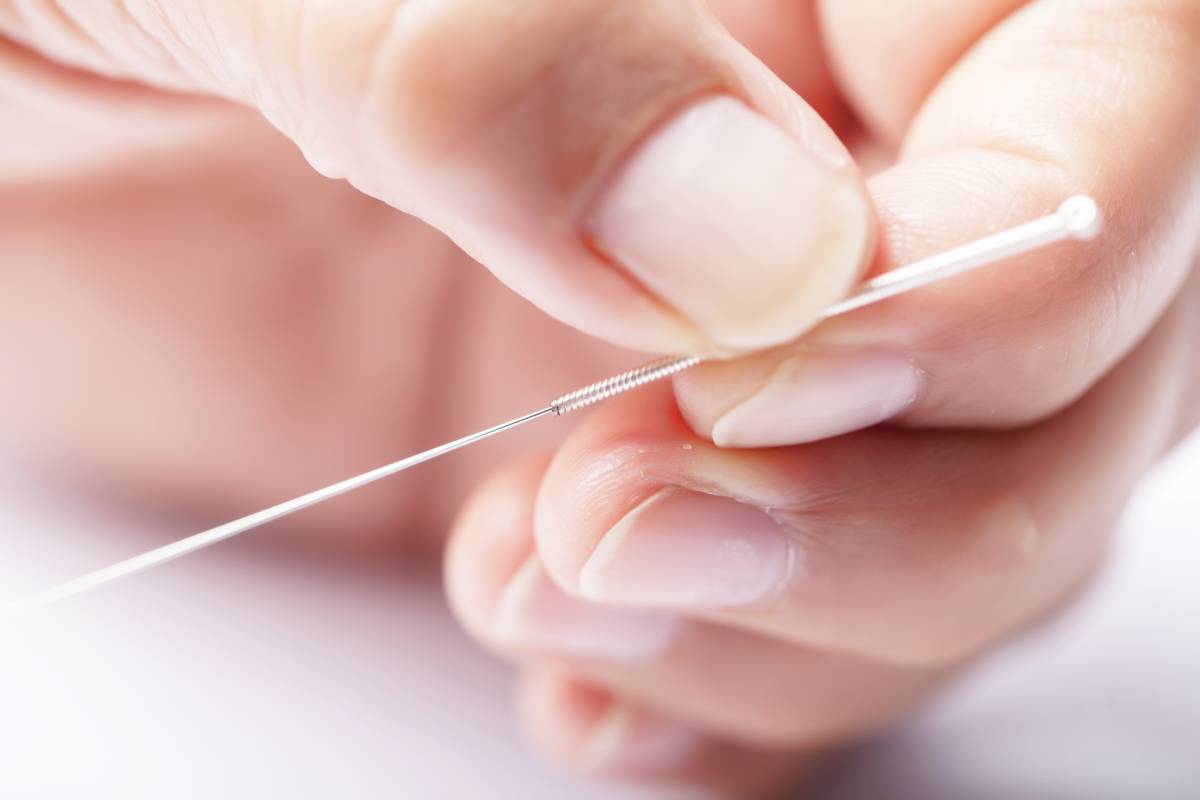Explore self-management options with people experiencing chronic pain, health professionals told
Healthcare professionals in the chronic pain field often fail to explore self-management options with patients early enough in their treatment programmes, according to a guideline published today (7 April) by the National Institute for Health and Care Excellence (Nice).
The claim appears in a section in the 36-page guideline – titled Chronic pain (primary and secondary) in over 16s: assessment of all chronic pain and management of chronic primary pain – that explores the ‘rationale and impact’ behind the recommendations.

‘The committee highlighted the importance of being honest about the uncertainty of the prognosis, because the evidence suggested that this is valued by people with chronic pain,’ it notes. ‘Evidence showed that discussions about self-management often happen late in the care pathway, or not at all.’
Earlier in the guideline, healthcare professionals are advised: ‘Provide advice and information relevant to the person's individual preferences, at all stages of care, to help them make decisions about managing their condition, including self-management.’
The guideline defines chronic primary pain in line with the ICD-11 [International Statistical Classification of Diseases] and acknowledges that chronic primary and secondary pain conditions can co-exist.
Physiotherapist on committee
The 15-members of the committee were drawn from a range of health professions, such as psychology, general practice and occupational therapy. Chaired by consultant psychiatrist Nick Kosky from Dorset HealthCare NHS University Trust, it included two lay members, Colin Wilkinson and Lucy Ryan.
The sole physiotherapist was Diarmuid Denneny, a professional lead and advanced practitioner physiotherapist based at University College Hospitals London, who chairs the Physiotherapy Pain Association (PPA).
Physiotherapy Pain Association
The recommendation for supervised group exercise ... provides physiotherapists with flexibility and opportunities to be creative with people about the types of exercise offered within services [Claire Campbell, PPA]
Claire Campbell, the PPA’s public relations officer, told PhysioUpdate an emphasis on person-centred assessment, shared decision-making and the need to increase people’s understanding of their condition was welcome.
‘The recommendation for supervised group exercise – that takes into account people’s needs, preferences and abilities – also provides physiotherapists with flexibility and opportunities to be creative with people about the types of exercise offered within services,’ she added.
In a statement appearing on its website, the PPA said it was pleased that the committee ‘took on board’ comments it had submitted regarding pain neuroscience education. A draft version of the guideline was published last August, and a number of ‘small, but important changes’ was evident in the final version, the PPA said.
The PPA said its submission resulted in the addition of a section on ‘providing advice and education’. ‘This recommendation encourages discussion with people with chronic pain, their family or carers about the nature of their condition, prognosis and investigations. However, we wish this had been given more prominence. The guideline has expanded the recommendations for assessment of all types of chronic pain with a strong emphasis on person centred, thorough and detailed assessment.’
The PPA also applauded a decision to recommend supervised group exercise ‘in all its forms, taking into account people’s needs, preference and abilities’ – rather than specifying certain ‘exercise approaches’ as had been the case in the draft version.
Acupuncture is an option
Paul Chrisp, director of Nice’s centre for guidelines, said: ‘We want this guideline to make a positive difference to people with chronic pain, and their families and carers.
‘It highlights that achieving an understanding of how pain is affecting a person’s life and those around them and knowing what is important to the person is the first step in developing an effective care and support plan that recognises and treats a person’s pain as valid and unique to them.’
The guideline endorses the use of exercise programmes, cognitive behaviour therapy, and acceptance and commitment therapy. Acupuncture is also recommended as an option.
Medication: pluses and minuses
People with chronic primary pain should avoid paracetamol, non-steroidal anti-inflammatory drugs, benzodiazepines or opioids as there is little or no evidence that they improve people’s quality of life or relieve pain or psychological distress, the guideline suggests.
However, antidepressants should be an option for adults with chronic primary pain – but only after the benefits and harms have been fully discussed.
Patient representative Lucy Ryan said: ‘This guideline will provide more consistency in treatment and support on the NHS for people experiencing chronic pain. I am pleased that it has highlighted the potential risks of some of the drugs used to treat chronic primary pain as I feel people are sometimes not made aware of these.
‘I am also pleased that the guideline provides alternative treatment choices and that gaps in research have been identified. I hope that this will mean future guidelines will incorporate many more options for people managing chronic primary pain following further research.’
What is chronic pain?
- it is with no clear underlying cause, or pain (or its impact) that is out of proportion to any observable injury or disease
- pain that lasts for more than three months is known as chronic or persistent pain
- the prevalence of chronic pain in the UK is uncertain, but appears common, possibly affecting from one third to one half of the population
- the prevalence of chronic primary pain is unknown but is estimated to affect from one to six per cent of people in England
Chronic pain (primary and secondary) in over 16s: assessment of all chronic pain and management of chronic primary pain: https://www.nice.org.uk/guidance/NG193
PPA statement: https://ppa.csp.org.uk/news/2021-04-07-nice-guidance-chronic-pain-primary-secondary-published
Author: Ian A McMillanShare it with














